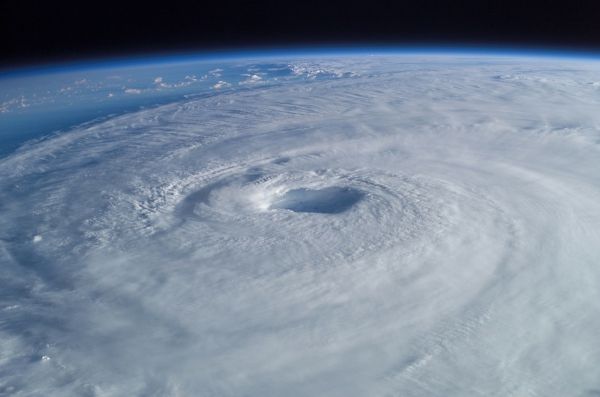In numerical weather forecasting research, how to improve short-term forecasts of tropical cyclone intensity is a challenging problem that has long plagued meteorologists and operational forecasters, despite meteorologists having greatly increased the accuracy of the initial field through increasing observations.in either quantity or quality. So, what else are we missing?
According to a recently published study in Advances in Atmospheric Sciences, the missing piece of the jigsaw is reducing the model error of numerical weather forecasting models. There are many reasons for model errors, such as our incomplete understanding of tropical cyclone physical processes, the uncertainty in many parameters of parameterization schemes, the insufficiently fine resolution, truncated errors, and oversimplification of parameterization schemes to save on calculation costs, and so on. "It would cost too much [computationally] if we try to overcome all the model errors of different sources one by one," says DUAN Wansuo, a Senior Scientist with the Institute of Atmospheric Physics, Chinese Academy of Sciences.
Duan’s team propose a new idea to solve the above problems, based on the Nonlinear Forcing Singular Vector (NFSV) method, which DUAN’s team developed. “We consider the model errors, caused by different sources, as a whole to explore their impact on the forecast accuracy,” he adds.
Read more at Institute of Atmospheric Physics, Chinese Academy of Sciences
Photo Credit: WikiImages via Pixabay


